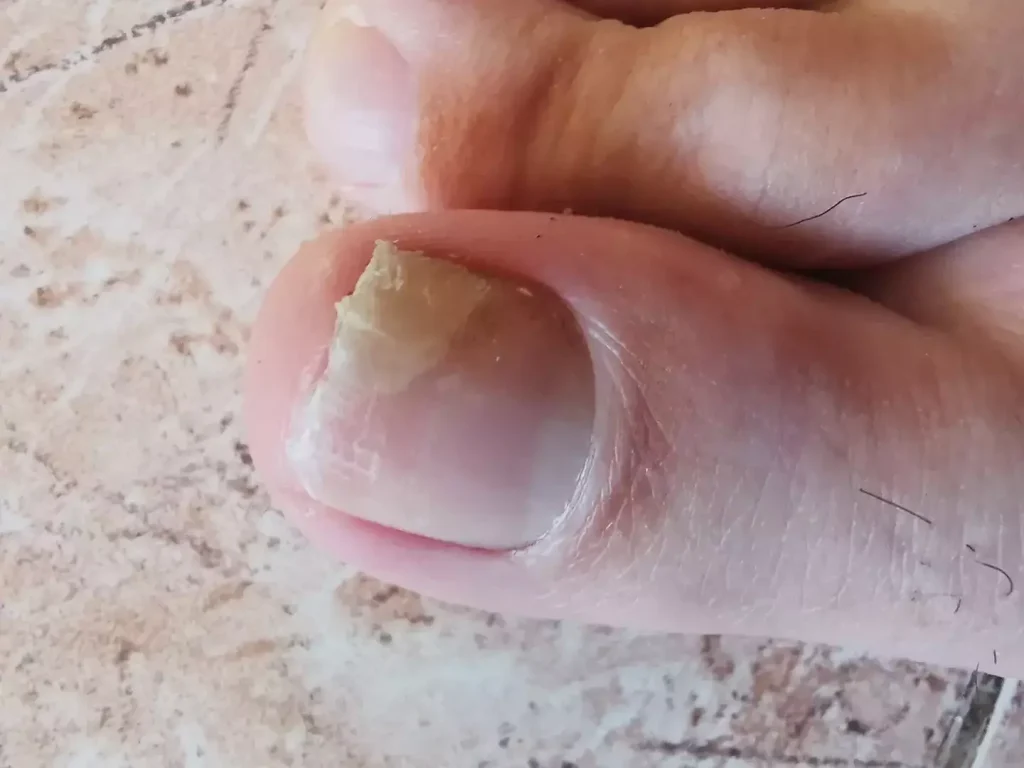While we don’t typically associate feet with signs of health problems, they can be indicators of certain issues. The condition of your feet might actually signal whether it’s time to visit the doctor.
Persistent problems like cuts that won’t heal or recurring fungal nail infections could be your body’s way of communicating underlying health concerns, but these signs are often overlooked because our feet are usually hidden in socks and shoes.
Noel Wicks, a pharmacist and advisor to Excilor, shared with the Express that there are two serious conditions your feet might be warning you about without you even realizing it.
He emphasized: “We need to keep an eye on our foot health, including our toenails, because it can impact on our overall health and be a sign of [serious] health issues.”

The tiny blood vessels in your toes are particularly vulnerable to blockages caused by fat, which can lead to symptoms such as coldness, pain, swelling, or numbness in the feet. According to Wicks, these could be warning signs of heart disease.
In addition to your feet, your toenails might also offer clues. Wicks noted: “Thickening and brittleness of toenails may also occur with heart disease.”
Heart disease isn’t the only condition linked to foot symptoms; diabetes can also have a significant impact on foot health. Although the signs may be subtle, it’s crucial to examine your feet closely.
The NHS explains that Peripheral Arterial Disease (PAD), also called peripheral vascular disease, occurs when fatty deposits build up in the arteries, restricting blood flow to the leg muscles.

According to the NHS website: “Many people with PAD have no symptoms. However, some develop a painful ache in their legs when they walk, which usually disappears after a few minutes’ rest. The medical term for this is ‘intermittent claudication.’
“The pain can range from mild to severe, and usually goes away after a few minutes when you rest your legs. Both legs are often affected at the same time, although the pain may be worse in one leg.”
Other symptoms to watch for include tingling, pain, burning sensations, dry or cracked skin, blisters or sores that don’t heal, fungal infections, and athlete’s foot. Thick yellow nails are also a common sign of fungal infections.
These signs might indicate a need for immediate medical attention to investigate underlying issues. Ignoring them could lead to more serious symptoms.
For heart-related conditions, these symptoms might include chest pain, heart palpitations, or shortness of breath. For diabetes, you might experience persistent fatigue, unexplained weight loss, or excessive sleepiness after meals.
Rather than waiting for these more advanced symptoms, it’s a good idea to have your feet checked by a professional.

